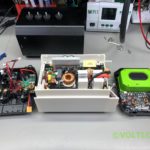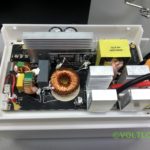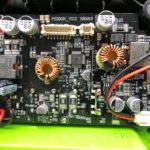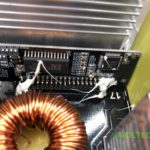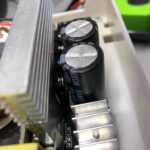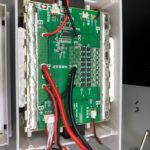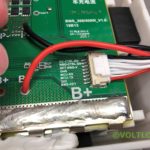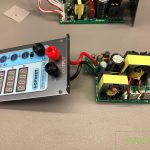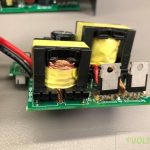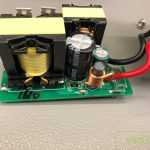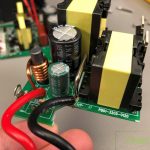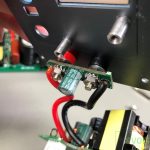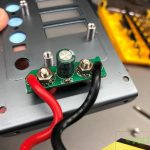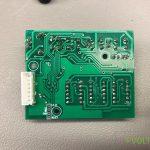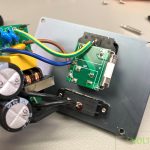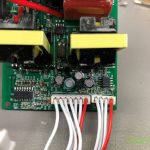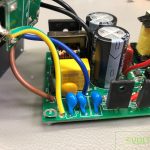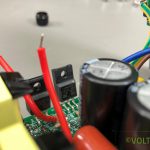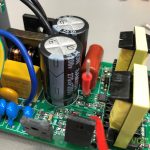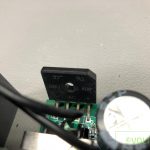Welcome to a new Voltlog, today we’re taking a look at a device which is not typical to be found in a hobbyist lab but one that certainly has its place with the more advanced user that has some automated test setup needs. This is the MagicDAQ and it was sent in for free for the purpose of this review, I believe it was shipped from New Zealand so I think it might be made in New Zealand.
Here is the spec list for this unit, we have:
- 8 analog inputs (14 bits, 48Ks/s +/- 10V), typical voltage resolution is 10mV. These can be connected single ended or differential between channels.
- 8 Digital inputs or outputs (0-5V)
- 2 Analog outputs capable of Voltage, Sine or PWM output (0-5V), 12 bit DAC resolution with up to 31KHz of output frequency.
- 1 Counter up to 5MHz with edge detection / PWM up to 65KHz (0-3V3) I’m guessing this can be both input and output?
- One 5V output limited to 250mA, powered from VBUS rail.
- It’s USB powered and comes with a DIN rail mount.
- And another important feature is the way you control the hardware which is through a Python API and everyone loves python these days, however there is one important limitation here, it is only supported under Windows because of hardware driver constraints which prevent it from working under Linux and Mac.
Inside the box I got the unit, the DIN rail adapter and a USB cable, this is good practice, to include the USB cable because users might have a low quality USB cable laying around and they might decide to use that low quality USB cable with your product which might cause all sorts of trouble and head scratching as to why your product isn’t working as expected, By including a good quality cable in the box, you limit the number of things that might go wrong for the user.
